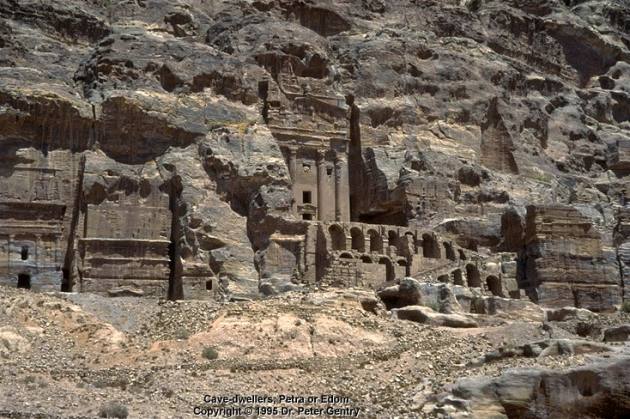
Archaeology continues to confirm what was written in the Bible thousands of years ago. Researchers in Israel recently found new evidence about the ancient kingdom of Edom.
“Using technological evolution as a proxy for social processes, we were able to identify and characterize the emergence of the biblical kingdom of Edom,” said Erez Ben-Yousef, a professor at Tel Aviv University. “Our results prove it happened earlier than previously thought and in accordance with the biblical description.”
The kingdom of Edom existed during the 12th and 11th centuries BC and was founded by Isaac’s oldest son, Esau. It was located in the Transjordan between Moab to the northeast, Arabah to the west and the Arabian Desert to the south and east. Gen, 36:31 says Edom was a thriving land long before any Israelite king reigned. But for years, experts found virtually no archaeological record confirming when and where Edom existed, leading many to doubt the biblical account.
Ben-Yosef, Prof. Tom Levy of the University of California, San Diego, and their team went to the Arava Desert in Israel and Jordan to analyze the source of the kingdom’s wealth, copper. Specifically, the team analyzed the waste left over from copper extraction to determine that not only did Edom exist at the time the Bible describes but also that it was powerful and technologically advanced.
“With advanced techniques of chemical analysis, archaeological analysis and microscopic investigation, we were able to understand how people were making copper and to find out if it was organized by one central body of people,” Ben-Yosef said. “The results are quite amazing, and they tell us that something big was going on quite early, at least as early as the 11th century BCE.”
The copper analysis dates the kingdom of Edom some 300 years earlier than previously thought — right at the time the Bible says and before any king ruled the children of Israel.
“It supports the notion that indeed not only were there people in the region at that time period, but a strong kingdom,” he said. “It was responsible for making this large-scale industry in producing copper. You cannot exaggerate the importance of copper at the time.”
The team also found evidence linking Edom to another major biblical event, the invasion of the Holy Land by Pharaoh Shoshenq I (the biblical Shishak), who sacked Jerusalem in the 10th century BC.
Ben-Yosef explained that his new findings strongly suggest that the Bible was right even when the original archaeological evidence didn’t seem to add up.
“Our new findings contradict the view of many archaeologists that the Arava was populated by a loose alliance of tribes,” he said, “and they’re consistent with the biblical story that there was an Edomite kingdom here.”
–Alan Goforth | Metro Voice







